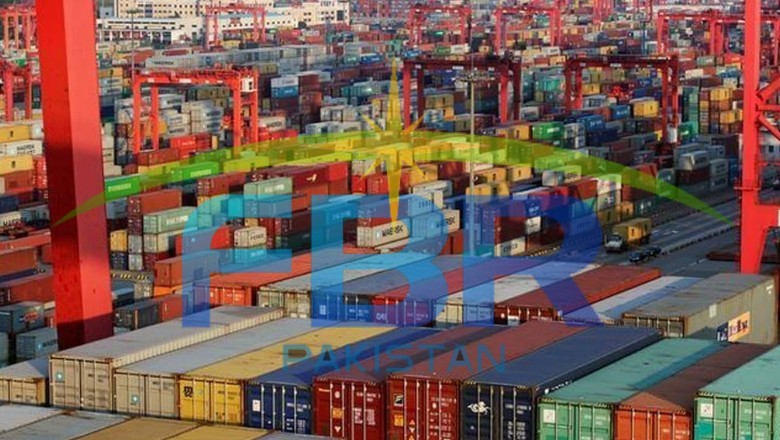FBR launches Pakistan’s first AI-based customs clearance system

Web Desk
|
7 Jul 2025
The Federal Board of Revenue (FBR) has introduced Pakistan’s first artificial intelligence (AI)-driven Customs Clearance and Risk Management System (RMS).
Launched on the directive of Prime Minister Shehbaz Sharif, the system is designed to promote transparency and streamline import-export procedures.
PM Shehbaz chaired a meeting on FBR-related matters, according to a statement issued by the Prime Minister’s Office (PMO).
Officials briefed the meeting that the new AI-powered system uses bots to evaluate the cost and classification of goods involved in import and export transactions. It was also noted that the risk management mechanism would evolve and improve over time through machine learning, adapting to changing trade patterns.
Initial testing revealed significant performance gains: the system showed over 92% improved efficiency. It processed 83% more Goods Declarations (GDs) for taxation and enabled 2.5 times more GDs to be cleared through the green channel compared to previous systems.
Participants were informed that the new setup is expected to increase transparency, lower reliance on manual checks, and offer faster, more accurate valuation of goods, ultimately saving time for traders and customs officials alike.
“Reforming the FBR is among the top priorities of the government,” said PM Shehbaz.
“By automating the tax system, we are making it more transparent and effective. This technology-driven system will ease doing business and provide convenience to taxpayers,” he added.
Read more: Massive fire erupts in cargo area of Lahore Airport
The prime minister emphasized the importance of making the new system both integrated and sustainable, and commended the team responsible for its development.
In a separate review session on FBR reforms chaired by the premier, officials shared updates on the use of video analytics to strengthen tax collection in the manufacturing sector. The meeting was told that the new approach would automate tax recovery and minimize human involvement, improving transparency and compliance.












Comments
0 comment